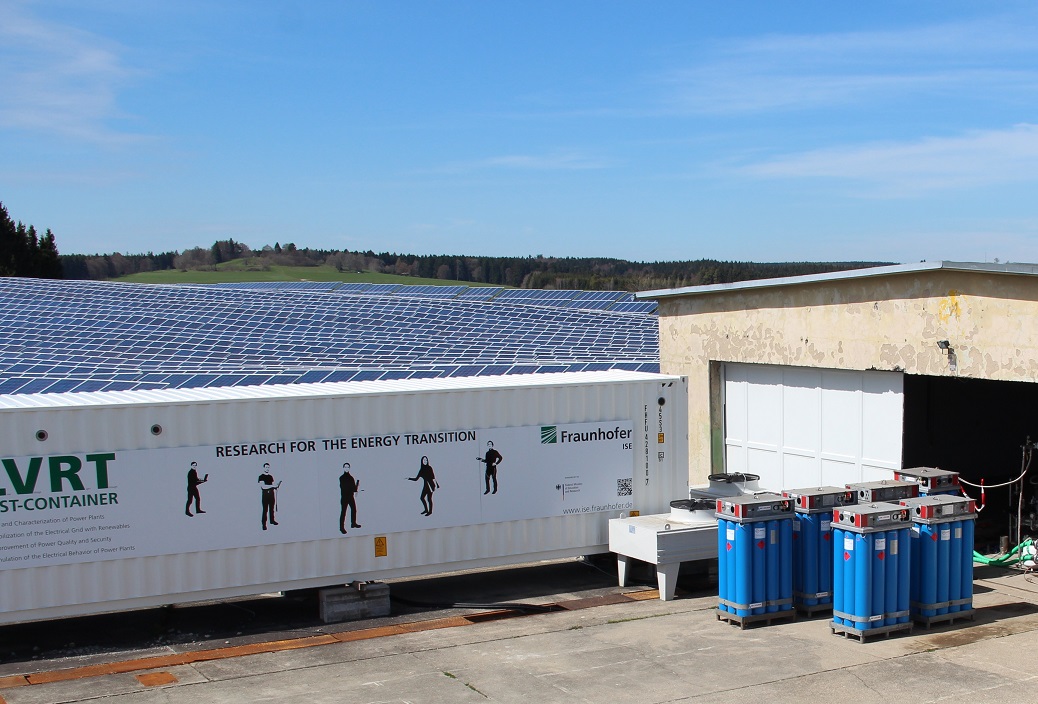News #12
Durable Grid-forming PV Inverters for Stable Grid Operation
To achieve the climate protection targets, the installed inverter-based capacity in Germany will increase massively in the coming years. A significant share of this generation will come from photovoltaic systems, which will climb from 60 gigawatts today up to 650 gigawatts in 2045. For this reason, PV inverters will increasingly have to ensure grid stability in the future. In this context, a consortium of research and industry partners is developing a new type of grid-forming PV-inverter in the "StABIL" project. The aim is to ensure grid stability while at the same time achieving a long service life for the devices.
In the energy system of the future, which will be largely built without the grid-forming synchronous machines in today’s must-run conventional power plants, grid-forming inverters must provide grid stability not only during normal operation, but also during severe grid faults. Research and development are still needed, particularly on the necessary hardware and software adaptions as well as on the potential stress factors on the devices occurring in the future grid.
To this end, the partners KACO new energy GmbH, Infineon Technologies AG and the Fraunhofer Institute for Solar Energy Systems ISE have joined forces in the StABIL project to analyze the potential stress factors applied on a grid-forming PV inverter in the future power grid and to transfer the findings to an optimized, durable hardware design in the new grid-forming PV inverter to be developed.
The project partners will first investigate the load scenarios to which grid-forming inverters will be exposed to in the future and simulate them in laboratory tests. Based on these investigations, conclusions will be drawn about the optimal and cost-efficient dimensioning, especially with regard to the power semiconductors. In a field measurement campaign at the Dürbheim PV plant, the newly developed grid-forming PV power inverters are to be tested under real operating conditions and stress factors and typical stress profiles, so-called "mission profiles", will be derived. These will be analyzed in the laboratory in combination with the identified future loads. From this feedback, recommendations of an optimized design for durable devices and their components with long lifetimes are to be derived and presented to the public.
Fraunhofer ISE's contribution consists of performing laboratory measurements and field investigations at the Dürbheim test field to analyze the stress factors and define the design specifications for lifetime-optimized inverters. Infineon Technologies AG optimizes the overload capability and lifetime of semiconductor modules for the loads of grid-forming operation. The main focus of KACO new energy GmbH is the research and development of the grid-forming control for PV operation and its transfer to the PV inverters, into which the optimized semiconductor modules of Infineon Technologies AG are integrated.

Downloads
Last modified: